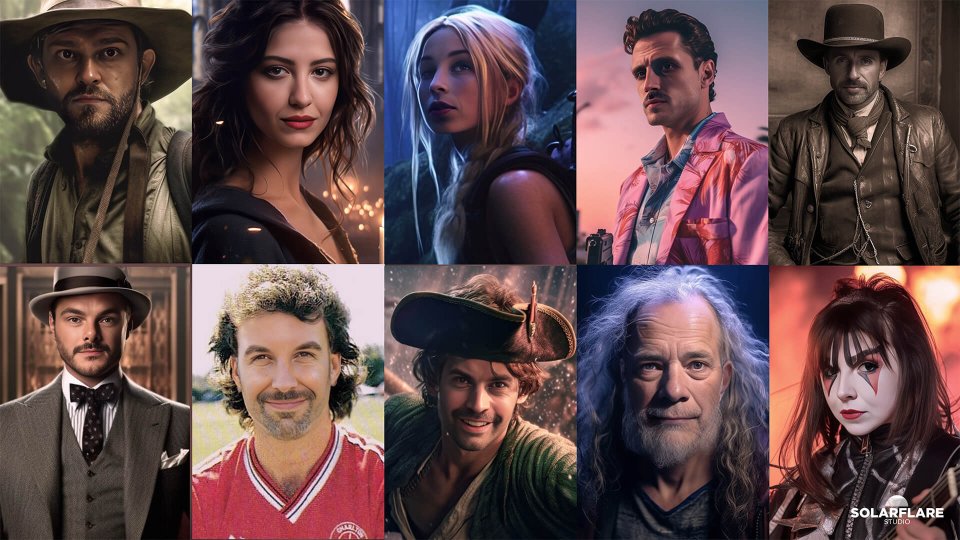Another tool in the toolbox
The worldwide boom in generative AI has been hard to miss. Whether it’s visuals, text, audio or code, we can now generate completely fresh content using visual input and prompts. This powerful wave of tech developments is disrupting various industries and professions, making us more productive – while also generating many heated (but riveting) discussions within the creative sector.
For us, Generative AI is a powerful tool within our studios’ creative and technical workflow, serving as an enhancement to our projects. Far from replacing human creativity, it serves as a muse, sparking inspiration and thereby speeding up production and feedback with clients. It’s a way to bring new levels of interactivity to the user experience like never before.
The dangers of prompt engineering
However, the rise of generative AI comes with its own challenges. Isaac Asimov’s three laws of robotics were cleverly designed so that no robot could ever harm a human being. Finding loopholes in that logic was the driver for many of his stories. Fast forward to today, and there is a name for that now: Prompt engineering. Studies are now showing AI systems can be deliberately deceptive, which proves just how hard it would be to make the AI responsible for the content it creates.
And where, on the one hand, it’s fascinating to continuously see new clever prompts that result in something unexpected, it can be disheartening to see how such a development is, without fail, being abused as well. We’ve probably all seen examples of bad AI practices by now; where it’s used for political influence, bullying or scamming. The most recent example is the ‘alarming’ AI Taylor Swift images, prompting even the White House to respond.
At times like these, it is important to remember that using AI can also be amazing! For example, check out our team pictures that combine Gen AI with AI face swapping. However, negative side effects such as bias, discrimination, copyright infringement, trustworthiness and even AI hallucination continue to give AI a bad reputation.

Want to explore the possibilities of new technologies? Get in touch to explore ideas.
The AI impact on jobs
Many artists also feel AI poses a significant threat to their livelihood and with good reason. Voice actors and audiobook narrators face the risk of being replaced by AI-generated voices, and 3D-scanned actors and AI-generated performances raise concerns about the potential replacement of real actors, especially when it comes to smaller roles and extras.
It’s good that there is a growing debate about the need for regulatory measures to safeguard industries from potential damage caused by AI-driven job displacement. Striking a balance between technological progress and the preservation of employment opportunities remains a critical challenge. How should we regulate AI to prevent job loss in various sectors, and who is responsible?
Safeguarding against AI through exposure
With all these developments, people are already calling for moderation on the usage of AI technology. The Biden Administration, as well as the EU and most recently, the UK’s Online Safety Act, are all making their first rules and regulations, with one of the main drivers being: “fake news”.
Being able to trust a source of any presented media is invaluable to building credibility. But people need to be aware of the possibilities of AI to know whether they should fact-check in the first place. An important part of this is to ensure people are aware of all the nuances of AI. There are still many people who are unaware that you can recreate other people’s voices or automatically lip-sync existing footage. Therefore, if you are not aware of the tech, seeing is believing.
That’s why it’s great to see that our industry continues to churn out so many tech demos and crazy proofs of concept. I hope they reach as many people as possible so that we keep raising awareness of the capabilities of AI. In other words: safety through exposure.
Copyright, ownership and inspiration
This brings us to another equally important issue: giving credit where credit is due. How do we ensure creatives keep getting recognised and appreciated for their work? In some of our latest projects, we have noticed an uptake in companies providing services that do just that: give compensation to artists by only using verified and approved input data, while also keeping track of the input used by the AI to generate a specific output. Companies such as Adobe are now focussing their attention on the issue of ownership, copyright, and properly crediting artists.
Education
AI will also revolutionise the field of education. It can offer a personalised and flexible learning experience. People can now learn at their own pace, explore diverse topics, and access educational materials in any language they wish. Thus, AI can also be harnessed as a powerful tool to educate people about the potential risks and ethical considerations associated with its own deployment.
But who should have control over this educational AI tech? The decision as to whether AI should be governed by governments, developed for profit by big tech firms, or exist in the public domain carries significant implications. Each option presents its own set of pros and cons, and the balance between innovation, regulation, and ethical considerations is hard to strike when determining the responsible ownership and application of AI.
The future is bright
In the end, AI is a tool, not an end product. Just like knowing the shortcuts to any piece of editing software will not suddenly make you Steven Spielberg, generative AI will not make you van Gogh overnight. It can do so much good, but it requires some consideration. The introduction of AI is often compared to the introduction of the internet, and both events have both good and bad consequences. Recognising the limitations of AI and its potential pitfalls, alongside its capabilities, is crucial for a balanced and informed approach, so we can all be both cautious and excited at the same time.





